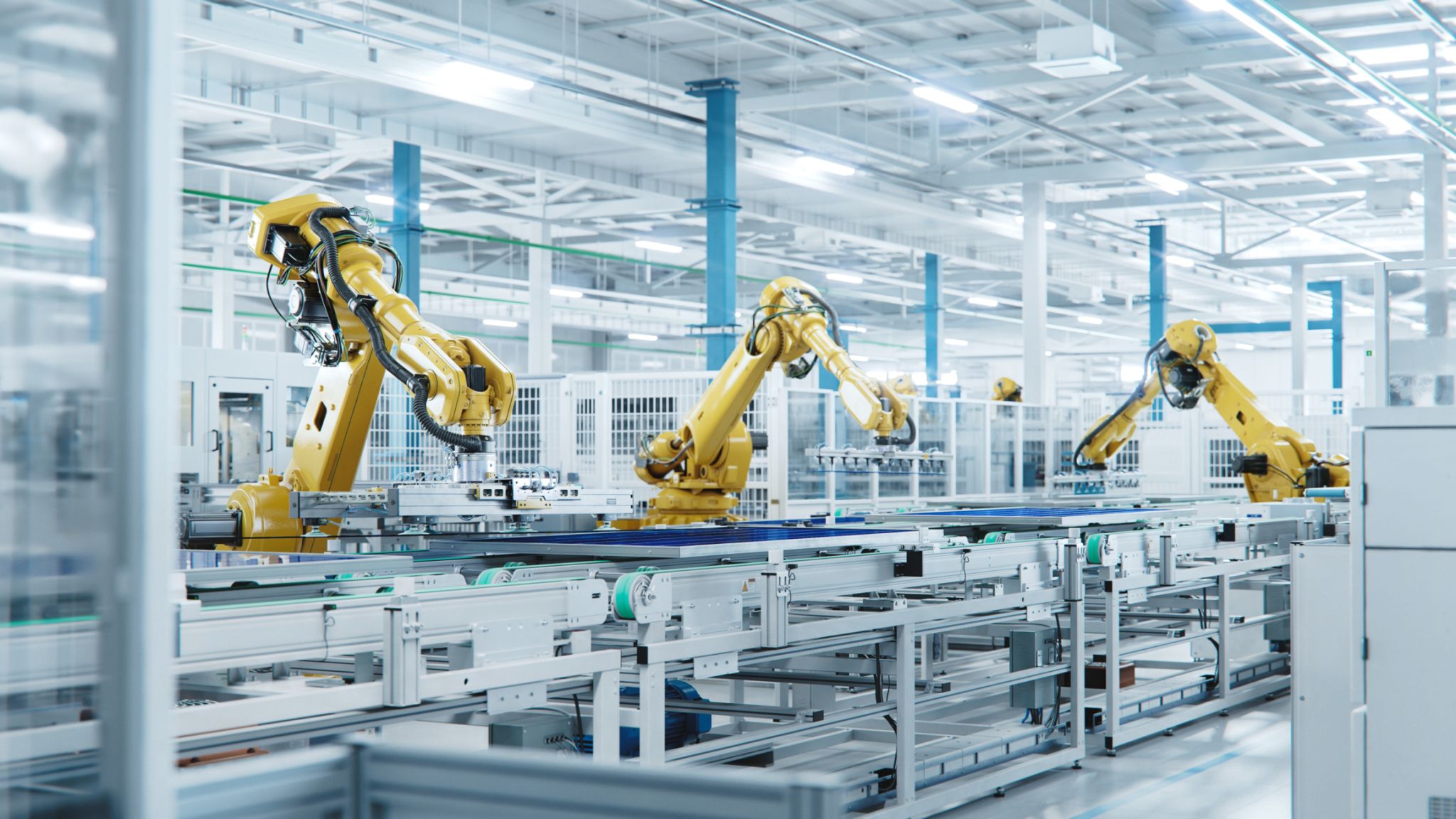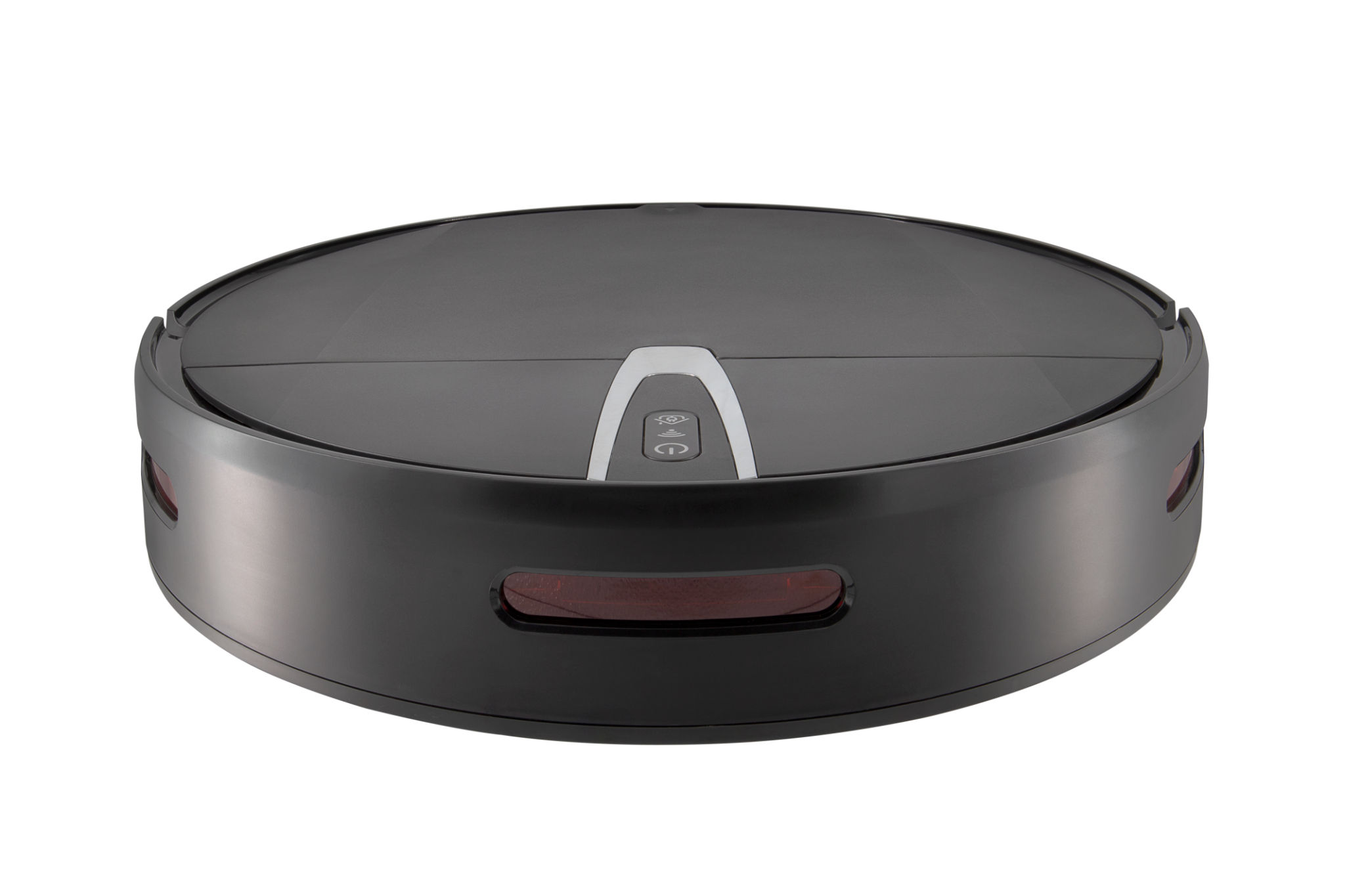How Robotics Enhance Efficiency in Solar Panel Maintenance
The Role of Robotics in Solar Panel Maintenance
As the world increasingly turns to renewable energy sources, solar power stands out as a leading choice due to its sustainability and efficiency. However, maintaining solar panels can be a challenging task, especially for large installations. This is where robotics comes into play, offering a solution that not only enhances efficiency but also reduces costs and improves safety.

Why Solar Panel Maintenance is Essential
Solar panels require regular maintenance to ensure they operate at peak efficiency. Dust, dirt, and debris can accumulate on the surface, hindering their ability to capture sunlight. Regular cleaning and inspection are crucial to maximize energy output and extend the lifespan of the system. Traditional maintenance methods often involve manual labor, which can be time-consuming, labor-intensive, and potentially hazardous.
The Advantages of Using Robotics
Robotics offers several advantages over manual maintenance, making it an attractive option for solar farm operators. Here are some key benefits:
- Increased Efficiency: Robots can clean and inspect solar panels faster than humans, reducing downtime and increasing overall energy production.
- Cost-Effectiveness: Although the initial investment in robotic technology can be high, the long-term savings in labor costs and enhanced energy output often justify the expense.
- Improved Safety: By using robots, maintenance personnel are less exposed to potential hazards such as falls or electrical shocks.

Types of Robotic Solutions
There are various types of robotic solutions available for solar panel maintenance. These include autonomous cleaning robots that travel across the panel surfaces and drones equipped with cameras for aerial inspections. Each type is designed to perform specific tasks, ensuring that solar panels remain clean and functional without human intervention.
Autonomous Cleaning Robots
Autonomous cleaning robots are perhaps the most widely used technology in solar panel maintenance. These robots traverse the surface of the panels, using brushes or water jets to remove dirt and debris. They are particularly useful in large solar farms where manual cleaning would be impractical.

Drones for Inspection
Drones equipped with high-resolution cameras and thermal imaging sensors are used for inspecting solar panels from above. They can quickly identify issues such as hotspots or physical damage, allowing for timely repairs. This not only improves efficiency but also helps in maintaining the health of the solar panels over time.
Challenges and Considerations
While robotics offers significant advantages in solar panel maintenance, there are challenges to consider. The initial setup cost can be a barrier for smaller installations. Additionally, operators need to ensure that robotic systems are compatible with their existing infrastructure and that maintenance staff are trained to handle any technical issues that may arise.
The Future of Robotics in Solar Energy
As technology advances, the use of robotics in solar panel maintenance is expected to grow. Innovations such as AI-driven diagnostics and enhanced mobility for robots will likely lead to even greater efficiencies. For solar energy providers, investing in robotics could become a standard practice, driving down costs and increasing the adoption of solar power globally.
